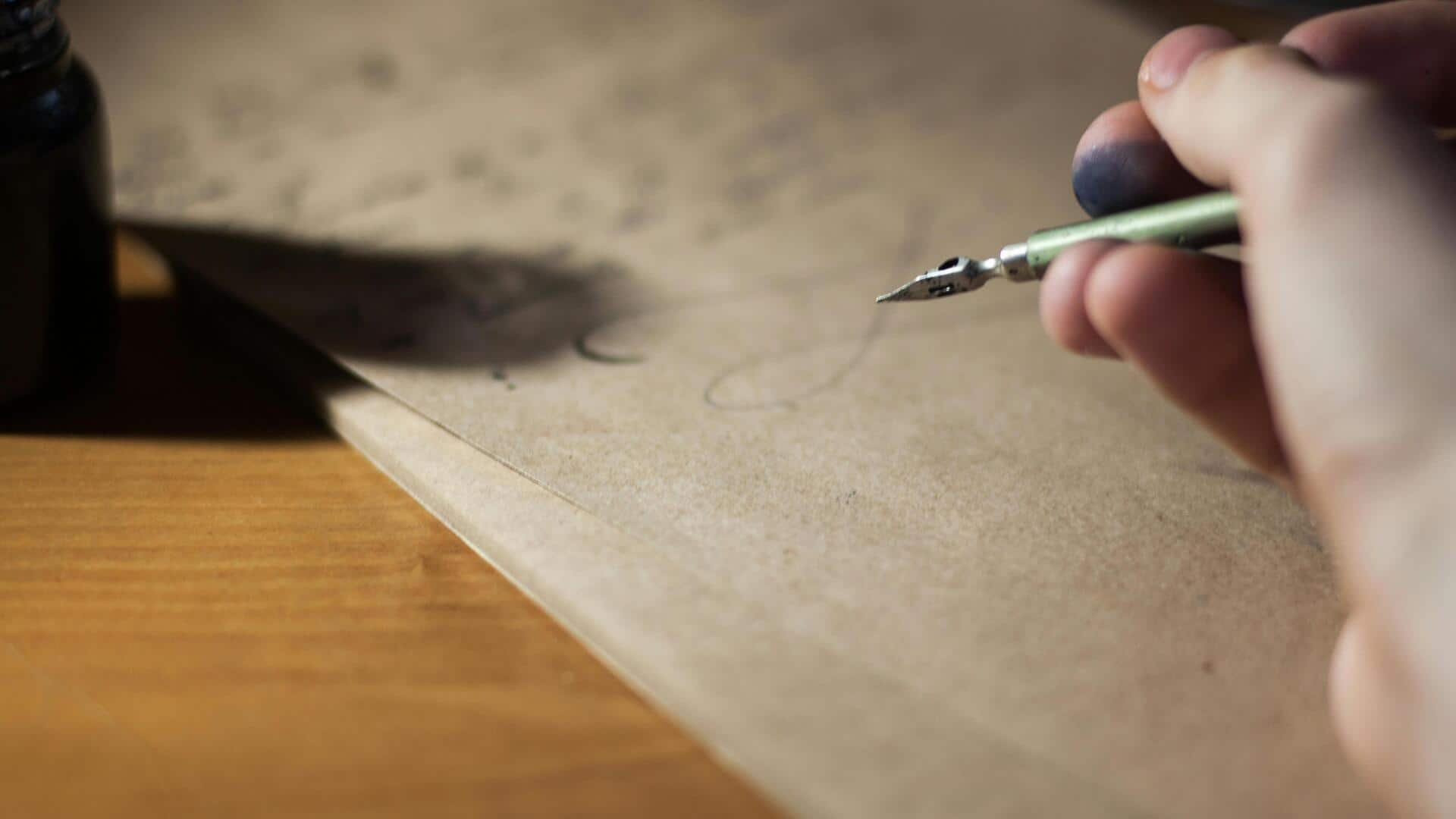
5 beautiful truths hidden in the strokes of Japanese calligraphy
What's the story
Japanese calligraphy, or shodo, is an ancient art that blends writing with beauty. It requires years of practice and patience to master. Unlike regular writing, shodo focuses on the flow, balance, and expression of each character. This article delves into five unique aspects of Japanese calligraphy that make it so special.
#1
The importance of brush technique
In Japanese calligraphy, the brush technique is everything. The way the brush is held, the pressure applied, and the angle of the stroke can change the character's appearance. Practitioners spend a lot of time perfecting their grip and movement to ensure that every stroke is fluid and precise. The brush's flexibility allows for a range of expressions, making it an important tool in shodo.
#2
The role of ink and paper
Ink and paper are also essential elements of Japanese calligraphy. Traditionally, ink is made by grinding an ink stick on an ink stone with water until it reaches the desired consistency. The paper used is usually rice paper or washi, which absorbs ink differently from regular paper. This absorption affects how characters appear on the page, adding another layer to the artistry.
#3
Symbolism in characters
Each character in Japanese calligraphy carries deep cultural significance beyond its literal meaning. Practitioners often choose characters based on their personal or philosophical beliefs they wish to express through their work. The selection process involves considering how each character's form can convey emotions or ideas visually.
#4
The influence of Zen Buddhism
Zen Buddhism has had a profound influence on Japanese calligraphy by emphasizing simplicity, mindfulness, and the present moment. This influence is evident in many practitioners' focus on creating a single perfect stroke rather than elaborate compositions. The practice encourages them to be fully present during each session, fostering a sense of tranquility and awareness.
#5
Calligraphy as a meditative practice
For many artists, Japanese calligraphy is not just an art form but also a meditative practice that promotes relaxation and mental clarity. The repetitive nature of writing strokes allows practitioners to enter a meditative state where they can focus inwardly while creating outwardly beautiful works. This duality makes shodo both an artistic endeavor and a spiritual journey for those who engage with it regularly.